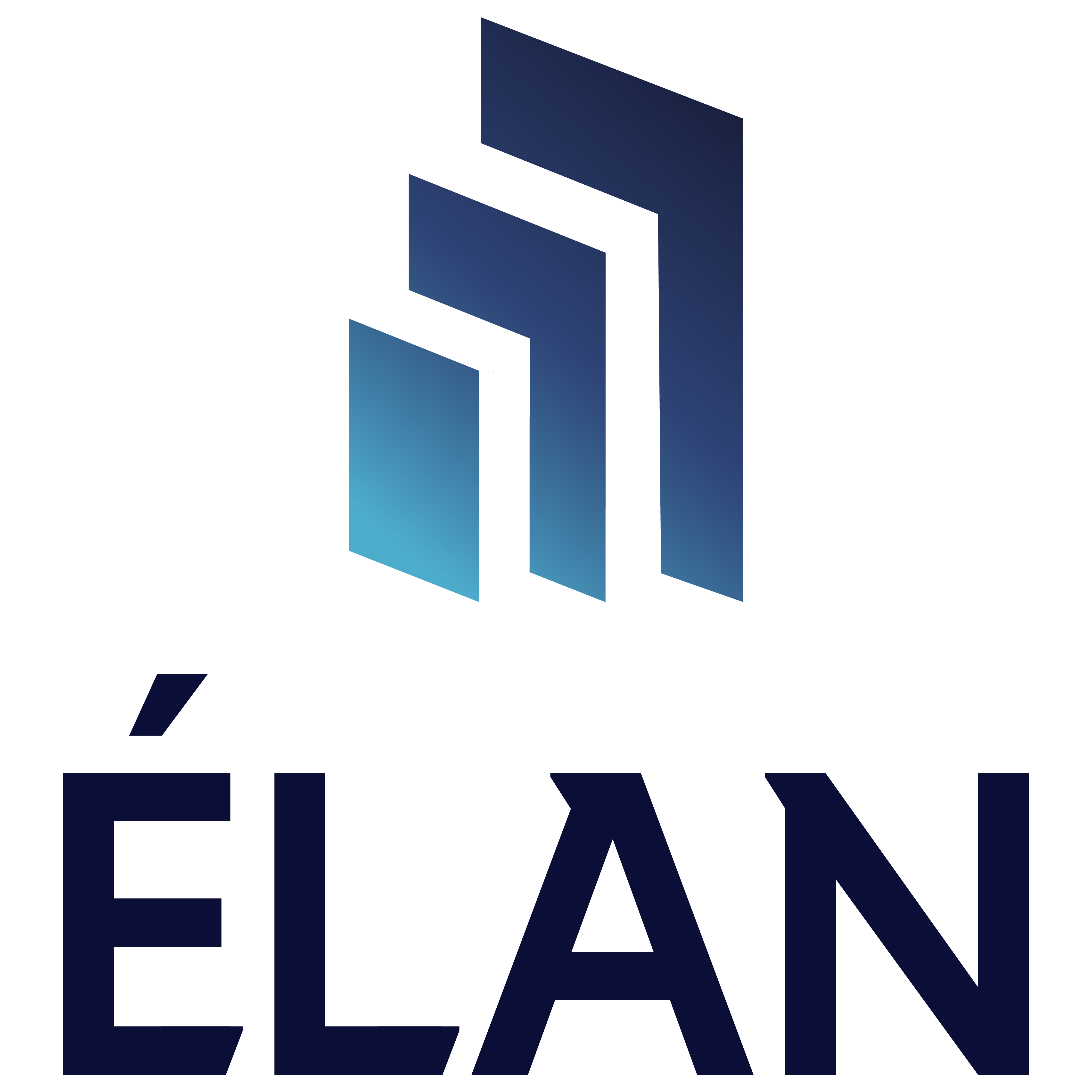Legal notification in class action litigation came of age over 20 years ago when newspapers and magazines provided exceptional access to Americans’ time and attention. Today, the emergence of digital and social media has fundamentally changed the landscape for legal notice. And these changes cannot be ignored by those designing and executing legal notification plans.
In 2014, notice experts decided that publication notice plans need to address both due process requirements under applicable law and modern best practices in digital and print media notice.
Within this document are 7 realities that notice planners, counsel, and courts should keep in mind when weighing publication notice plan strategies and tactics.
PRINT REACH IS PLUMMETING WHILE ONLINE REACH CONTINUES TO CLIMB.
The percentage of American adults reading news via newspapers and magazines has dropped from 47% in the year 2000 to just 20% in 2016. Compare that to digital where 75% of US adults are on Facebook daily, and internet adoption amongst US adults in 2018 was 84%. Internet penetration will continue to grow rapidly through the forecast, and there will be a noticeable shift toward using mobile devices for internet access.
There will be 274.6 million US internet users this year, of which 93.4% will go online via a mobile device. By 2021, that proportion will reach 95.4%. Marketer estimates that the number of internet users will expand from 274.6 million in 2017 to 291.4 million in 2021 when 86.4% of the population will go online monthly.
From a time-spent perspective, the numbers are even more dramatic. In 2017, those US adults who still read newspapers spent a total of 13 minutes daily doing so. Online, the average American now spends 6 hours daily. Online is the new primetime.
ONLINE NOTICE CAMPAIGNS CAN BE PRECISELY TARGETED.
Websites are custom selected to match the demographics and psychographics of the class using technologies from leading ADD: data providers such as comScore and Google. Modern web campaigns now can span thousands of targeted websites or focus on a few. Social media placements such as Facebook allow for specific audience Insights in which you can target a user’s geography, demographics, lifestyle, purchase behavior, and exact pin location., these insights produce marketing messages that achieve the best results for your advertising objective. Search ads only appear when relevant search terms are entered. With precise targeting, comes precise budget control as notice ads and budget can be allocated by state, metropolitan area and through some channels, even zip code.
ONLINE NOTICE CAMPAIGNS CAN BE MONITORED, VERIFIED, MANAGED, AND OPTIMIZED IN REAL TIME.
Through online technology, we can verify the delivery, placement, and price of each ad impressions enabling our teams to continually optimize the delivery of a notice campaign to best perform against settlement goals. Best practice tactics and tools in digital campaigns include:
• Verification that online notice ads appear “above the fold” in clear view of the user
managing the quality of the placement in terms of the context it’s appearing
• Verification of location, time and content adjacency to confirm quality in location, time of day and web content
• Monitoring of click-through rates to each website domain and action is taken post-click, in real-time
• Driving claims by dynamically allocating placements to the best-performing websites, content, location, time of day
• Calculating reach and/or frequency of exposure for any one user
• Ensuring that the ad is entirely viewed in a fraud-free environment, in addition to being viewed by a real person in a brand-safe environment
ONLINE NOTICE ADS ARE DIRECTLY ACTIONABLE.
A single click transports a class member to the settlement website, detailed notice, online claim form, etc. This direct connection is true across placements on desktop, tablet or mobile and encourages increases in user engagement, including actual claims filed. In addition, this increases word of mouth and sharing as engaging users online creates emergent third-party notice opportunities when users share the settlement website address via email, text or other methods.
DIGITAL REACH IS NOT FRAGMENTED.
Traditional notice experts view the Internet as “fragmented” in a way that makes obtaining large-scale reach difficult. The reality is that digital media experts routinely execute digital media campaigns that span thousands of websites, mobile devices, search engines, multiple social media platforms and more in a fully integrated manner that makes mass reach obtainable and measurable. In fact, it’s arguably easier to achieve mass reach via digital today. For example, one provider alone, Google, reaches 90% of internet users worldwide.
MAGAZINE READERSHIP ASSUMPTIONS CAN BE UNREALISTIC.
Magazines put forward readership estimates ranging from 2-20 readers per printed copy. Traditional notice plans use these readership multipliers to create potentially inflated estimates of print reach for notice ads. In addition to the potentially inflated reach numbers, most reported readership numbers take multiple weeks to reach their estimated audience, potentially not reaching the projected audience within the notification period. For example, People Magazine takes 26 weeks to reach its projected audience.7 We cannot verify that each unique individual read the magazine, let alone flipped to the page which included our notification ad. With digital campaigns, each impression and click-through is tracked and verifiable.
ALL DIGITAL CAMPAIGNS ARE NOT THE SAME.
Some traditional media experts deploy digital notice “campaigns” consisting of some or many discounted, surplus ad impressions purchased from a wholesaler. The Dahl/Élan approach is based on hand-selecting individual websites, keywords and interest targets working directly with the parties to define and accurately depict actual user consumption of media. This approach includes location, time of day and device-specific targeting to increase the quality of placement. We directly purchase the media to enable cost efficiencies and scale. In total, the Dahl/Élan approach offers a measurable media mix that is highly targeted against affected class members as opposed to a “cookie-cutter” one-size-fits-all approach to digital media buying.

